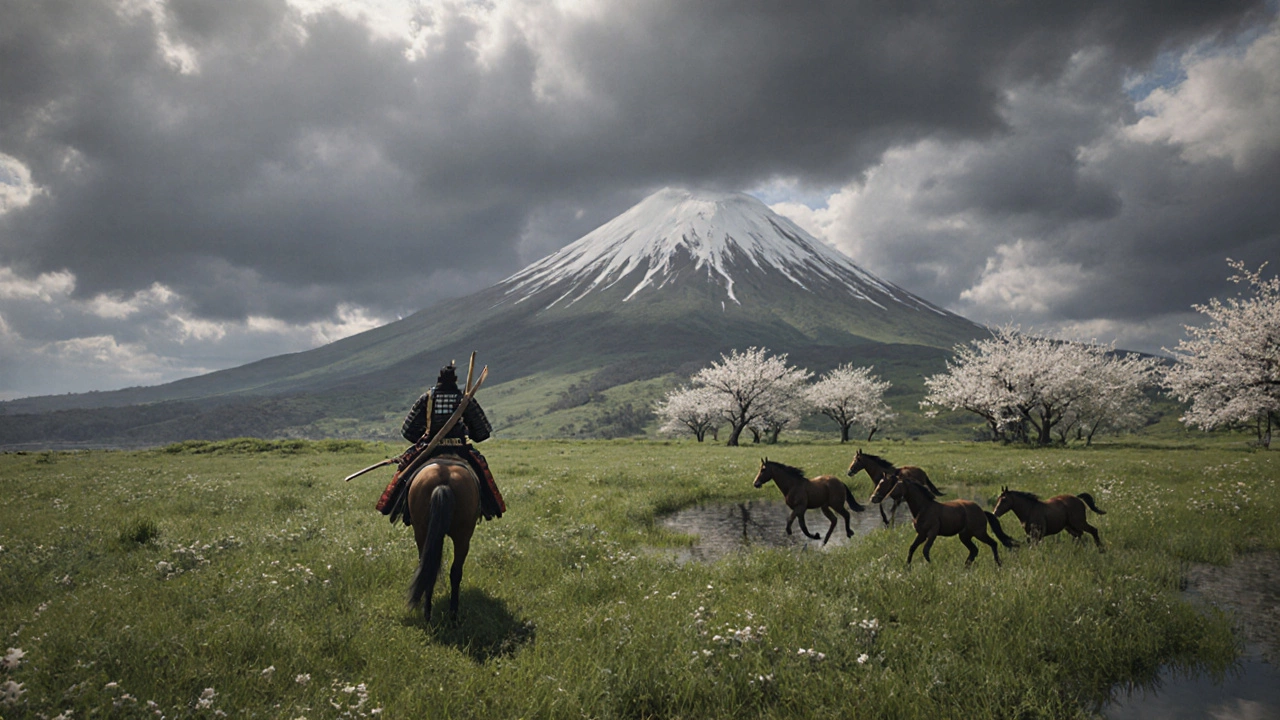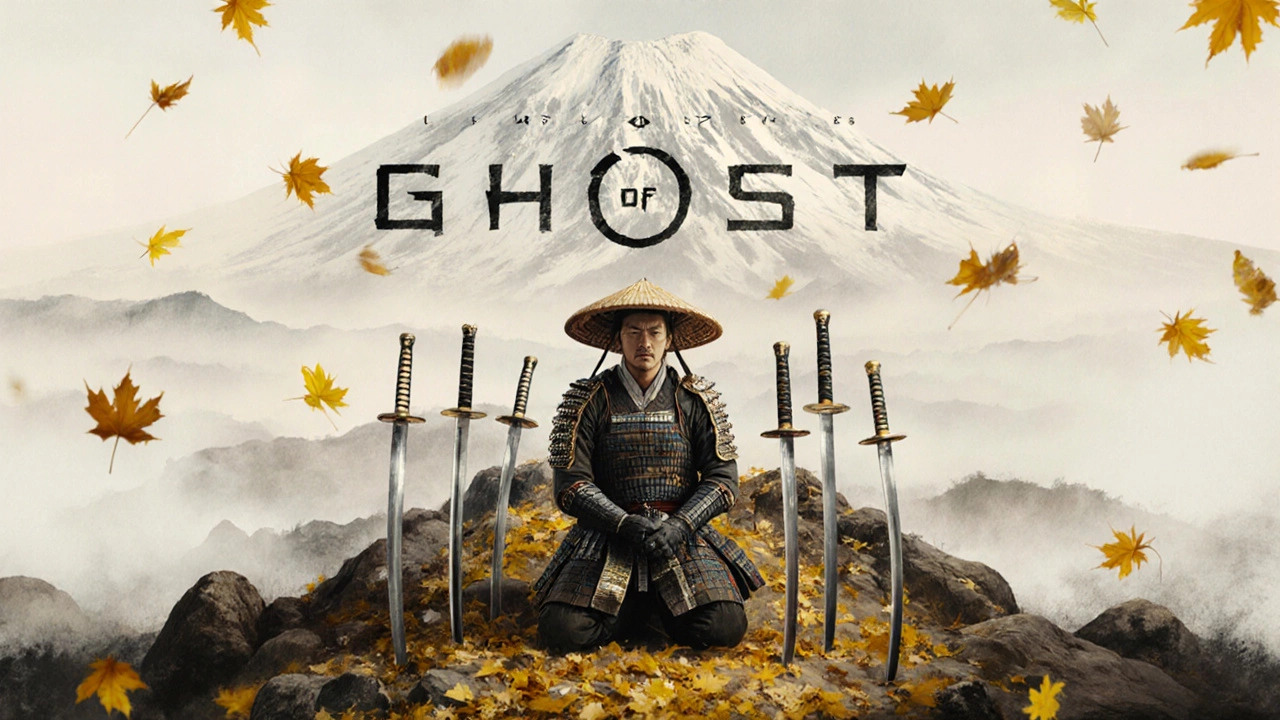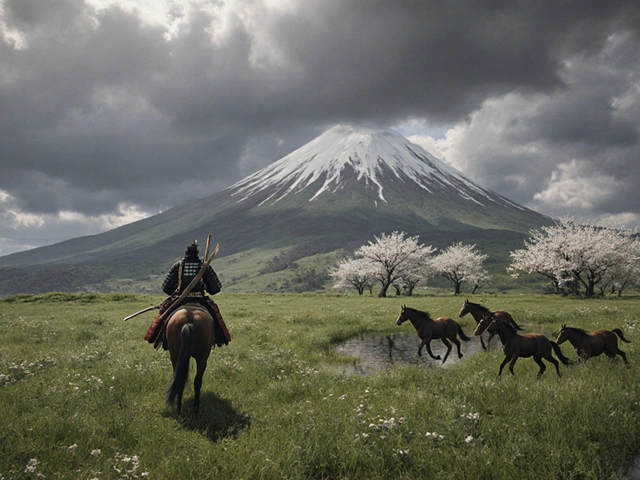
What makes Ghost of Yōtei feel like a step forward?
When the first title landed, players fell in love with the sweeping Japanese landscapes and the rhythmic swordplay. Ghost of Yōtei doesn’t try to reinvent that world; instead it tightens the bolts that held the original together. The changes are subtle, but they add up to an experience that feels smoother, faster and more rewarding.
The main character, Atsu, is a onryō—a vengeful spirit—who hunts down the six members of the Yōtei clan. The premise reads like a classic revenge plot, but the way it’s delivered makes the old formula feel new. Every time a flashback pops up, you’re not just watching a cutscene; you’re moving through a short, interactive sequence that puts you right in Atsu’s mind. It’s a clever trick that keeps the drama from drifting into cliché.
One of the biggest wins is the wind navigation system. Instead of a cluttered mini‑map, you follow the direction of the wind, birds or foxes to discover hidden locations. This keeps the screen clean and the world feel alive. You’ll find yourself chasing a lone hawk across a rice field, only to stumble on a secret shrine that offers a rare weapon upgrade.

Combat, stealth and side quests – where the rubber meets the road
Combat still feels like a dance, with attacks, parries and quick weapon swaps flowing without pause. The game drops the need for menu pauses, so you stay in the heat of battle. New tools—such as a smoke‑emitting talisman and a silent grappling hook—add fresh ways to break a fight or slip past a guard.
Stealth, too, gets a makeover. The AI is a bit smarter, reacting to footprints and lingering sounds, but the system never becomes a punishment puzzle. If you’re the type who likes to experiment, the added gadgets let you craft your own approach, whether that’s setting up a silent ambush or using the wind to mask your movements.
Side missions deserve a shout‑out. They’re not tacked on filler; each mini‑story fleshes out Atsu’s growth as a spirit. One quest has you protecting a village from a rampaging oni, another sends you to retrieve a lost family heirloom. These optional tasks often feel more urgent than the main story, pulling you away from the “golden path” in a way that feels rewarding, not frustrating.
Technical performance is where the game truly shines. Load times are practically invisible—step through a doorway and you’re already in the next area. Even large‑scale actions, like turning in bounties or upgrading gear, happen in a snap. For players who hate the idea of fast travel, vendors can be summoned to your campsite, letting you stay grounded without breaking immersion.
Emotionally, the game hits hard. A sequence where Atsu confronts the Katsune—her mother’s former protector—brings tears to the reviewer’s eyes. The relationship between mother and daughter is explored through brief, poignant dialogues and lingering looks, adding weight to every swing of the sword.
The only consistent gripe is that key targets sometimes slip away for narrative reasons, leaving you hanging just when you think the revenge is within reach. It’s a minor hiccup in an otherwise tightly paced story.
All told, Ghost of Yōtei builds on its predecessor’s strengths while shaking off a few rough edges. With Ghost of Yōtei leading the charge, fans of the series get a visual feast, tighter combat, smarter stealth and a story that feels both personal and epic. The game proves you don’t need a complete overhaul to make a sequel feel fresh—just a handful of well‑placed improvements can turn a great experience into a truly memorable one.




